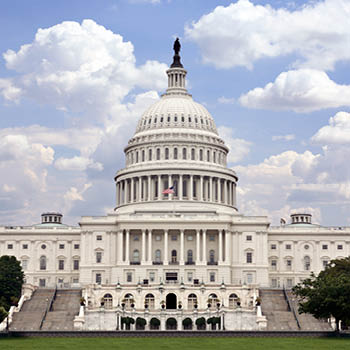Shifting Landscapes: The Future of Higher Education Under a Trump Administration

Now that the dust has settled and Donald J. Trump has emerged as the winner of the 2024 presidential election, questions have arisen about what this could mean for higher education. Though nothing has been written in stone, we could see a significant shift in higher education policy reflecting Trump’s campaign promises and his previous administration’s priorities.
One of the most significant proposals is the elimination of the Education Department (ED). This move, which Trump has advocated for, would fundamentally alter the landscape of federal education policy. Without a centralized department, states and local governments would gain greater autonomy over education systems, potentially leading to a patchwork of policies across the country. While proponents argue that this could foster innovation and local control, critics warn that it may exacerbate inequalities in educational access and quality, particularly for underserved communities. Eliminating a federal agency such as ED, however, would require an act of Congress.
In addition to the structural changes we might see with ED, the Trump Administration is likely to pursue significant reforms in student debt and financial aid. The Trump Administration’s previous budget proposals have called for:
- Eliminating the Public Service Loan Forgiveness (PSLF) program which provides debt relief to public servants after 10 years of repayment;
- A 25% monthly payment increase and a 20% to 50% increase to borrowers’ years in income-driven repayment plans; and
- Redirecting resources from students pursuing higher education to other priorities.
The Trump Administration may also seek to roll back initiatives from the Biden era, particularly those related to student loan forgiveness and repayment programs. Initiatives that will likely be on the chopping block could include:
- ED’s recently released forgiveness proposal that, if finalized, would waive the student debt of borrowers experiencing financial hardship;
- ED’s potentially forthcoming debt relief program that would provide debt forgiveness to specific groups of struggling borrowers including those who owe more than they did when their loans first entered repayment; and
- The Saving on a Valuable Education (SAVE) income-driven repayment plan which offered borrowers lower monthly payments and ended the accrual of unpaid interest.
All three of these programs are currently wrapped up in ongoing litigation brought by Republican states, so a complete repeal of these programs during the Trump Administration may not be farfetched. This shift may leave many borrowers without adequate relief options, raising concerns about the long-term financial stability of graduates and the overall economy.
Ultimately, these policy changes could reshape the higher education landscape in profound ways. As these changes unfold, stakeholders in higher education – students, educators, advocates, and policymakers alike – will need to navigate a new reality that prioritizes individual state authority over federal oversight, raising essential questions about equity, access, and the future of educational opportunity in America. The coming years will undoubtedly test the resilience of our higher education system and its ability to adapt to these significant shifts.
Learn about AccessLex Institute’s policy and advocacy initiatives and use our #MakeTheCase advocacy campaign to make your voice heard.